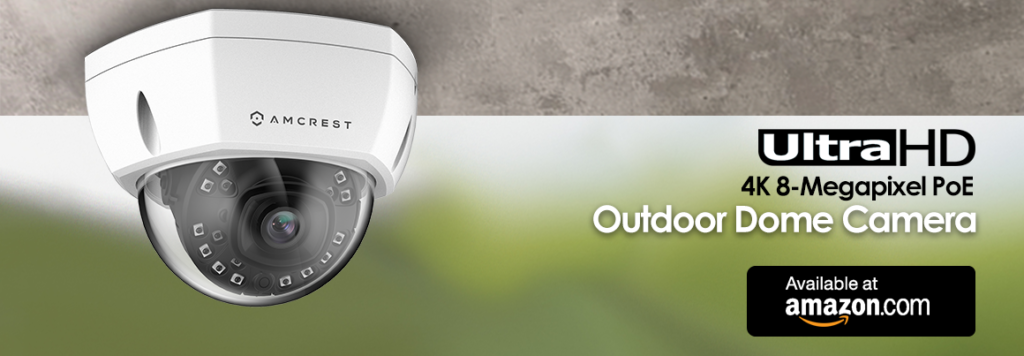**Compatible with Windows OS only. This is NOT a physical CD. You will be sent a license key in your order receipt and the download link to the software.**
Blue Iris Professional Surveillance Software allows you to view and record up to 64 cameras (IP cameras, web cameras, DVR/CCTV based cameras) simultaneously and is compatible with the vast majority of IP camera and DVR brands. In addition. it takes advantage of H.264 video compression allowing you to save hard drive space and reduce bandwidth consumption. Use Amcrest Blue Iris to turn your existing Windows PC into a fully featured professional video surveillance system. Additional features include continuous loop recording, scheduled recording and advanced motion/audio detection recording with the ability to send alerts via email, instant message and phone call.
Supported brands include: Amcrest, FDT, Foscam, 4XEM, ACTi, Agasio, AirLink101, AIRLive, Allnet, Apexis, Arecont, Astak, AVTech, Aviosys, Axis, Bosh, Canon, Cisco, Coolcam, Dericam, Digi-Lan, DLink, EasyN, Edimax, Evocam, Gadspot, Ganz, Grandstream, Hawking, HIKVision, HooToo, Intellinet, JVC, Linksys, Logitech, Lorex, Microseven, Mobotix, Panasonic, Pelco, Planet, Sanyo, Sharxx, Siemens, Sony, Stardot, Swann, Toshiba, Tenvis, TP-LINK, Trendnet, Vivotek, Wansview, Y-Cam Zavio, Zonet, and many more.
Features Include:
Blue Iris Professional Surveillance Software allows you to view and record up to 64 cameras (IP cameras, web cameras, DVR/CCTV based cameras) simultaneously and is compatible with the vast majority of IP camera and DVR brands. In addition. it takes advantage of H.264 video compression allowing you to save hard drive space and reduce bandwidth consumption. Use Amcrest Blue Iris to turn your existing Windows PC into a fully featured professional video surveillance system. Additional features include continuous loop recording, scheduled recording and advanced motion/audio detection recording with the ability to send alerts via email, instant message and phone call.
Supported brands include: Amcrest, FDT, Foscam, 4XEM, ACTi, Agasio, AirLink101, AIRLive, Allnet, Apexis, Arecont, Astak, AVTech, Aviosys, Axis, Bosh, Canon, Cisco, Coolcam, Dericam, Digi-Lan, DLink, EasyN, Edimax, Evocam, Gadspot, Ganz, Grandstream, Hawking, HIKVision, HooToo, Intellinet, JVC, Linksys, Logitech, Lorex, Microseven, Mobotix, Panasonic, Pelco, Planet, Sanyo, Sharxx, Siemens, Sony, Stardot, Swann, Toshiba, Tenvis, TP-LINK, Trendnet, Vivotek, Wansview, Y-Cam Zavio, Zonet, and many more.
Features Include:
- Use motion or audio sensing to trigger recording, or record continuously or periodically.
- Overlay the current date/time as well as a logo or other information
- Optionally record audio
- Use a timer to determine when the system is armed
- Images may be captured as either JPEG images, MPEG movies or Windows Media movies (full version)
- Receive alerts via loudspeaker, email, instant message, voice phone call (with automatic redial), or external program/script
- Run Blue Iris as a Windows service so that only you have control over its operation on a shared PC
- All passwords are stored encrypted
- 64 channel recording
- H.264 video compression
- Receive alerts via e-mail, text message, or phone
- Motion and audio triggered recording
- Audio recording options available
- Built-in web-server for web-casting all cameras simultaneously, digital zoom and pan/tilt
- All passwords are stored encrypted
- Product is immediately available via download
- Product license key for the professional version
- Step-by-step setup instructions
- Community support forms
- Full technical support by our support team via email
Shipping:
Support:











